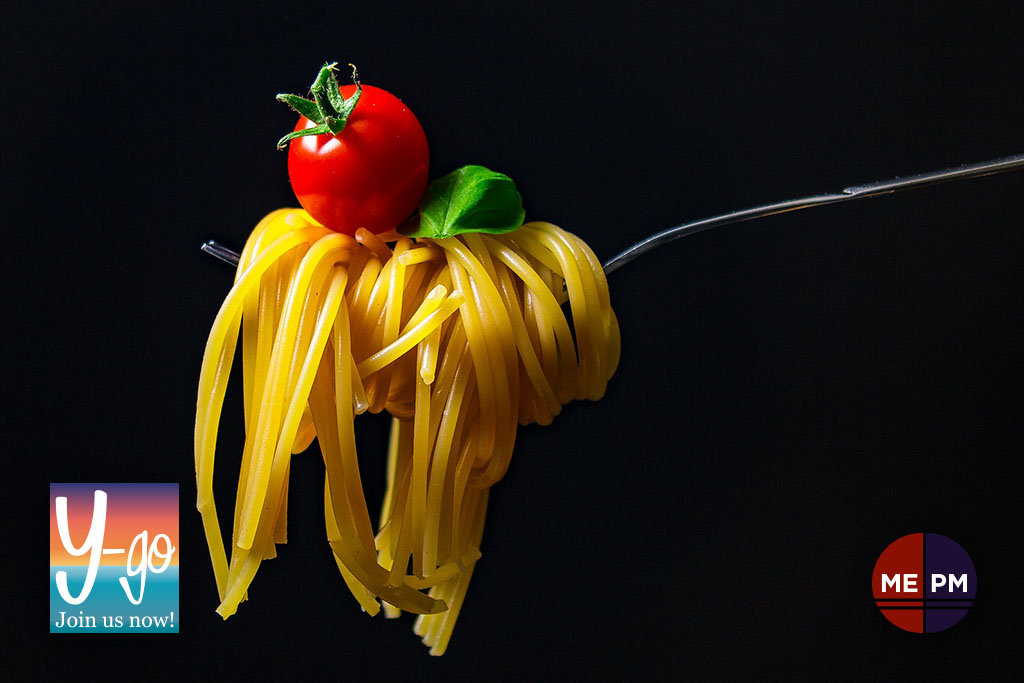What Is The Local Cuisine?
One reason tourists often cite for visiting different destinations is to sample the range and varieties of local cuisines. At MEPM Property we understand that for the gourmand traveller a very important questions is therefore ‘What is the local cuisine?’ There are numerous sites that will answer this question. We have decided on the very simplest approach we asked Wikipedia!
Egypt
Egyptian cuisine is characterized by dishes such as ful medames (mashed fava beans), kushari, with lentils and pasta, a national dish; and molokhiya (bush okra stew). Egyptian cuisine shares similarities with food of the Eastern Mediterranean region, such as rice-stuffed vegetables, grape leaves, shawerma, kebab and kofta. The cuisine makes heavy use of legumes, vegetables and fruit from Egypt's rich Nile Valley and Delta. Our favourite destinations for Egyptian food are El Gouna and Somabay
Montenegro
Montenegrin cuisine is a result of Montenegro's geographic position and its long history. The first large influence came from the Levant and Turkey, largely via Serbia with dishes such as sarma, musaka, pilav, pita, gibanica, burek, ćevapi, kebab, đuveč, and Turkish sweets like baklava and tulumba. Hungarian cuisine has influenced stews and sataraš.
Central European cuisine is evident in the prevalence of crêpes, doughnuts, jams, myriad types of biscuits and cakes, and various kinds of breads.
Montenegrin cuisine also varies geographically; the cuisine in the coastal area differs from the one in the northern highland region. The coastal area is traditionally a representative of Mediterranean cuisine, with seafood being a common dish. The traditional dishes of Montenegro's Adriatic coast, unlike its heartland, have a distinctively Italian influence as well.
Switzerland
The cuisine of Switzerland bears witness to the many regional influences, including French, German and Italian cuisines and also features many dishes specific to Switzerland. Switzerland was historically a country of farmers, so traditional Swiss dishes tend to be plain and made from simple ingredients, such as potatoes and cheese.
There are many regional dishes in Switzerland. One example is Zürcher Geschnetzeltes, thin strips of veal with mushrooms in a cream sauce served with Rösti, a popular potato dish that is eaten all over Switzerland. Italian cuisine is popular in contemporary Switzerland, particularly pasta and pizza. Foods often associated with Switzerland include cheese and chocolate. Swiss cheeses, in particular Emmental cheese, Gruyère, Vacherin, and Appenzeller, are famous Swiss products. The most popular cheese dishes are fondue and raclette.
In the Italian-speaking part of Switzerland, the Ticino area, one will find a type of restaurant unique to the region. The Grotto is a rustic eatery, offering traditional food ranging from pasta to homemade meat specialties. Popular dishes are Luganighe and Luganighetta, a type of artisan sausages.
Cuba
Cuban cuisine is a blend of Native American Taino food, Spanish, African, and Caribbean cuisines. Some Cuban recipes share spices and techniques with Spanish and African cooking, with some Caribbean influence in spice and flavour. This results in a blend of the several different cultural influences, with strong similarities with the cuisine of the neighbouring Dominican Republic and Puerto Rico. A small but noteworthy Chinese influence can also be accounted for, mainly in the Havana area. There is also some Italian influence. During colonial times, Cuba was an important port for trade, and many Spaniards who lived there brought their culinary traditions with them. A typical meal consists of rice and beans, cooked together or apart. When cooked together the recipe is called "congri" or "Moros" or "Moros y Cristianos" (black beans and rice). If cooked separately it is called "arroz con frijoles" (rice with beans) or "arroz y frijoles" (rice and beans)
Spain
Spanish cuisine is heavily influenced by regional cuisines and the particular historical processes that shaped culture and society in those territories. Geography and climate had great influence on cooking methods and available ingredients, and these particularities are still present in the gastronomy of the various regions that make up the country. Spanish cuisine derives from a complex history, where invasions of the country and conquests of new territories modified traditions and made new ingredients available. Typical dishes include Croquettes, Tortilla Espanola, Pisto – Spanish ratatouille, Cured meats – jamon, chorizo, salchichón, Pulpo a la gallega, Spain's famous bean stews and Paella. For experiencing Spain's cuisine we recommend Barcelona or Marbella
In order to satisfy our ‘travelling gourmand’s’ hunger we offer a number of Food & Wine Experiences where guests can explore one of our top real estate destinations and discover some of the local fare!
